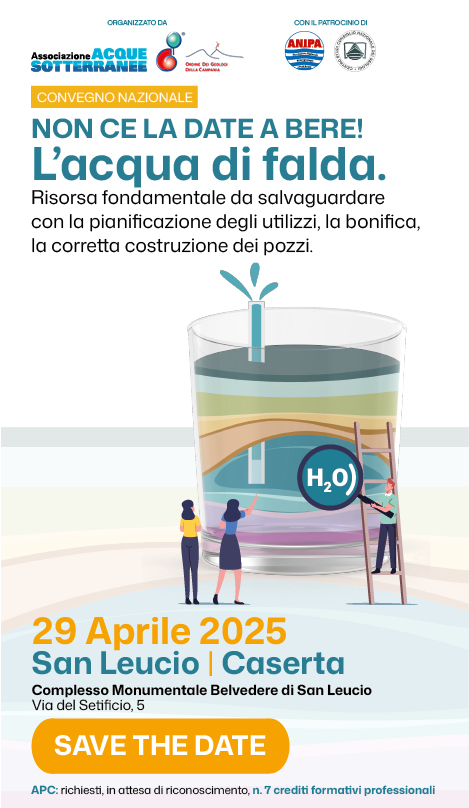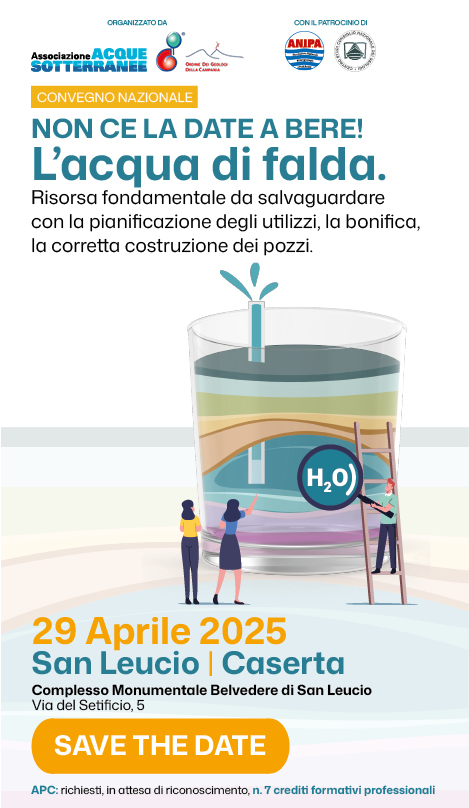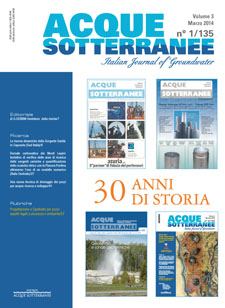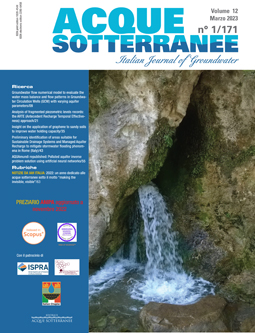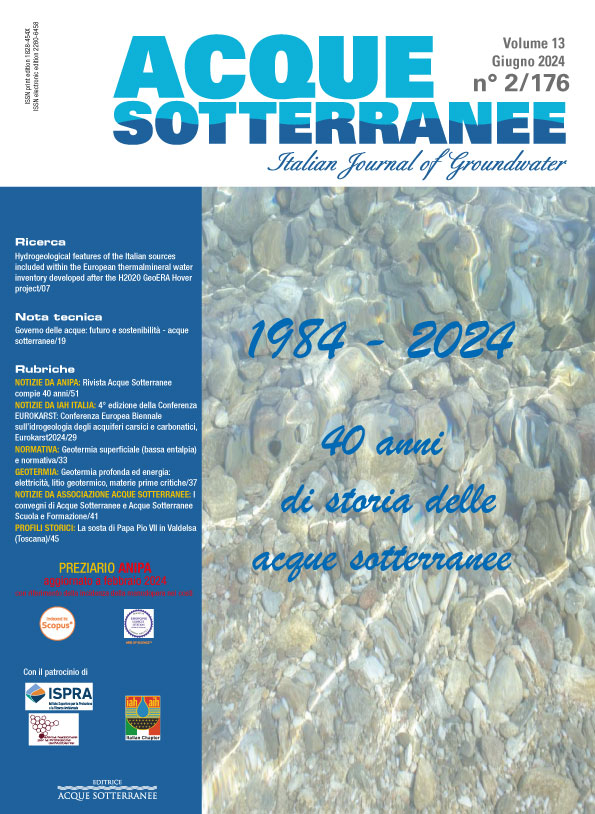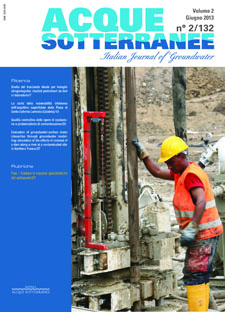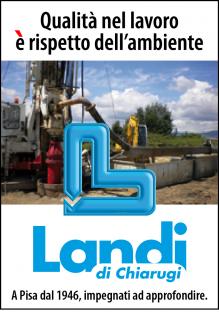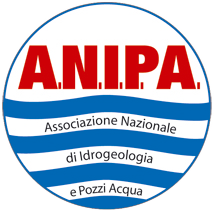Low temperature geothermal energy: heat exchange simulation in aquifers through Modflow/MT3DMS codes(05042)
Geothermal energy and in particular low temperature resources, have a rising worldwide importance. Ground-Source Heat Pumps (GSHP) have been used increasingly because they are among the cleanest and most energy efficient heating and cooling systems for buildings. Simulation models can be applied for a more effective use of the subsoil for geothermal purposes. In fact they are useful tools for the design of efficient systems considering also the need to avoid abnormal temperature distributions in soil and aquifers.
In the hydrogeology field MODFLOW/MT3DMS are the most widespread programs to face environmental problems and to forecast quantity and quality impacts on groundwater resources. Although MODFLOW/MT3DMS are used to represent open circuit heat pumps, they are hardly used to represent borehole heat exchangers (BHE). The aim of this study is to simulate BHEs through two computer codes. The first one is TRNVDSTP, coupled to TRNSYS, which is often used in GSHP design in pure conduction cases. A methodology to take groundwater flow into account was added to TRNVDSTP, but a validation is still missing. The second one is MODFLOW/MT3DMS, suitable for groundwater flow and transport models, but whose reliability in BHE simulation is today unknown. The two software have been compared in terms of predicted exchanged energy and temperature distribution in the aquifer.
The first runs have been performed without a groundwater flow and a good agreement has been observed between the results of the two software, both in relation to exchanged energies and temperature distribution into the model domain.
Thus some simulations considering the presence of the groundwater flow have been performed. In this latter case the results in terms of exchanged energy differ of about 150%.
The study demonstrates the suitability of MODFLOW/MT3DMS for BHEs design when groundwater flow is not accounted for. Further efforts are needed to understand the different results when groundwater flow cannot be neglected, exploring the role of the different heat transport phenomena.

